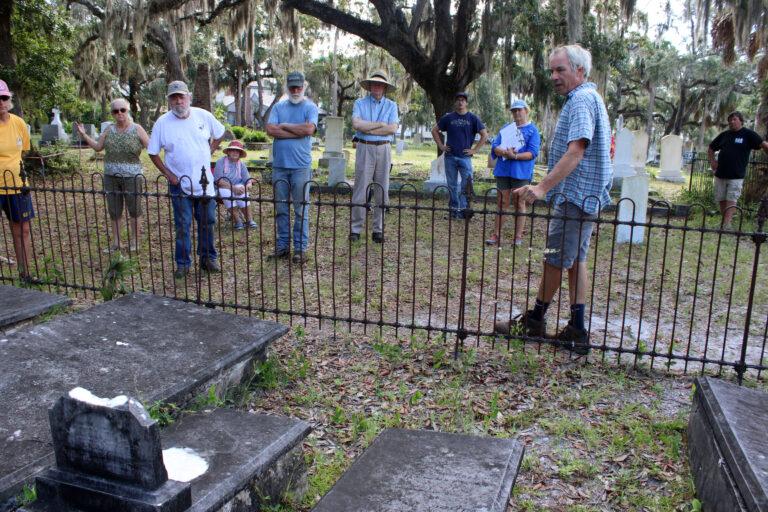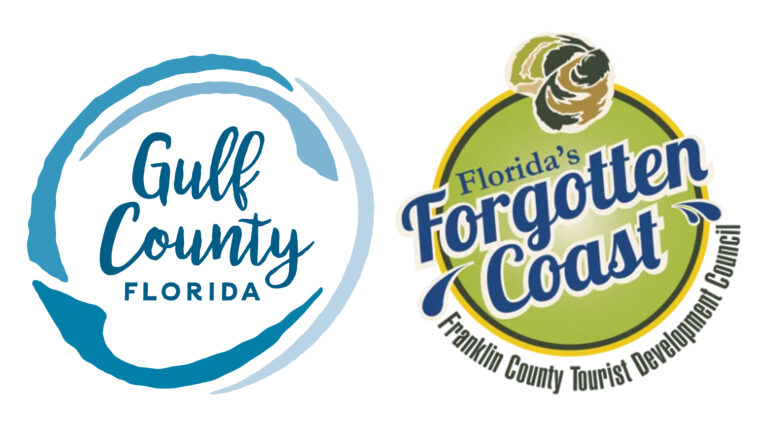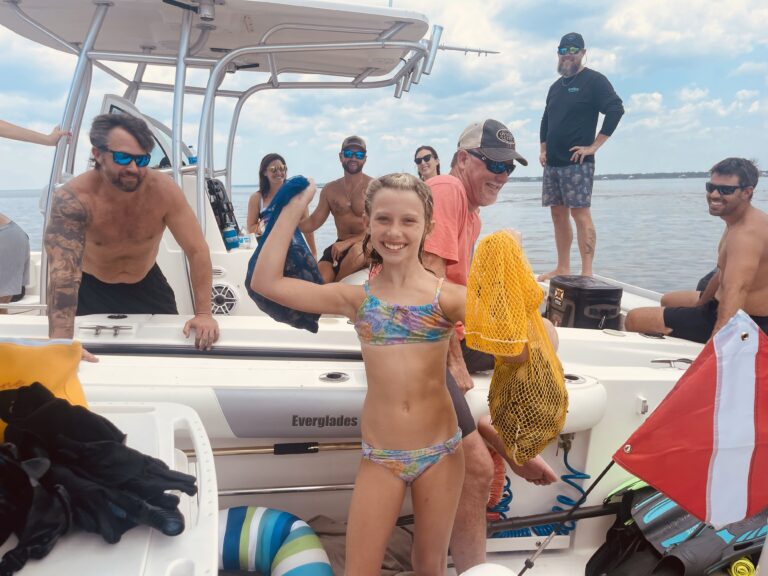Legacy Post Disclaimer
This is a #Legacy post imported from The Apalachicola Time’s previous platform. If you’re experiencing issues with this article, please email us at news@nevespublishing.com.
Ambrosia beetles are mounting an attack
All botanical signs indicate Spring 2021 will begin in a few weeks. Plants are budding all over Franklin and Gulf County, with a notable exception. Many redbay trees remain in what appears to be winter’s grip of dormancy.
Unfortunately, most will never reawaken. One little insect in the Xyleborini tribe of beetles has been destroying bay trees and other species at an alarming rate.
Ambrosia beetles are known for attacking various woody plants, causing some limb and stem dieback and sometimes plant death. There are at least 30 species of ambrosia beetles in Florida, several of which are non-native.
Typically ambrosia beetles have a symbiotic relationship with a fungus with the beetles carry fungal spores on their bodies. When the beetles bore into the sapwood of the host tree, the galleries formed from the beetle boring are inoculated with the fungal spores.
As these beetles continue their damage the spores germinate and infect the host tissue. The fungus flourishes in the galleries and adjacent sapwood, disrupting the flow of water and nutrients in the tree.
As the fungus grows the beetles and their larvae feed on it and spread the new spores. It is a perfect example of a self-sustaining species which grown its own food.
Most ambrosia beetles attack trees and shrubs which are already stressed, dying, or dead. Plant stress may have been initiated by drought, flooding, freezing temperature damage, wind damage, or very poor cultural practices. It is nature’s way of renewing itself for the strong and productive.
Unfortunately, some ambrosia beetles, such as the redbay ambrosia beetle attack healthy trees. Of additional importance, the fungus which causes laurel wilt accompanies this beetle and typically causes tree death.
The redbay ambrosia beetle (Xyleborus glabratus) is a very small, about 2 millimeters in length, or 15 could fit head-to-toe in an inch. They are dark brown to black, cylinder-shaped beetle, similar to other ambrosia beetle species found in Florida.
The adult female redbay ambrosia beetle has a special pouch in its mouth which transports the spores of the fungus responsible for laurel wilt disease (Raffaelea lauricola). When these beetles bore into the wood, forming galleries, the spores transported in its mouth and on its body infect the tree.
As this pathogen germinates, it colonizes the sapwood of the host plant by using the tree’s circulatory system to spread the disease. Unfortunately, the tree is usually doomed at this point.
The redbay ambrosia beetle is native to east Asia, but the origin of the destructive fungus accompanying the beetle is not known. The beetle is believed to have been inadvertently released into Georgia in 2002 through infested packing materials, such as wooden crates and pallets.
Several species of bay trees, sassafras and avocado trees area all potential host for this imported pest. At present there are no registered fungicides for avocado that will control laurel wilt.
The best control measures are to not bring in wooden pallets and other similar products which may carry the tiny beetles, their larvae and the fungus. Firewood from distant sources is another potential carrier of this problem species.
Attention to these details may save many great trees in Gulf County, and hopefully beyond. The loss of bay and sassafras trees will change the area forever, and not for the better.
To learn more about exotic disease situation in Franklin and Gulf County, contact the nearest UF/IFAS County Extension Office or visit https://sfyl.ifas.ufl.edu/find-your-local-office/. To read more stories by Les Harrison visit: Outdoorauthor.com and follow me on Facebook
This article originally appeared on The Apalachicola Times: Ambrosia beetles are mounting an attack





Meet the Editor
David Adlerstein, The Apalachicola Times’ digital editor, started with the news outlet in January 2002 as a reporter.
Prior to then, David Adlerstein began as a newspaperman with a small Boston weekly, after graduating magna cum laude from Brandeis University in Waltham, Massachusetts. He later edited the weekly Bellville Times, and as business reporter for the daily Marion Star, both not far from his hometown of Columbus, Ohio.
In 1995, he moved to South Florida, and worked as a business reporter and editor of Medical Business newspaper. In Jan. 2002, he began with the Apalachicola Times, first as reporter and later as editor, and in Oct. 2020, also began editing the Port St. Joe Star.